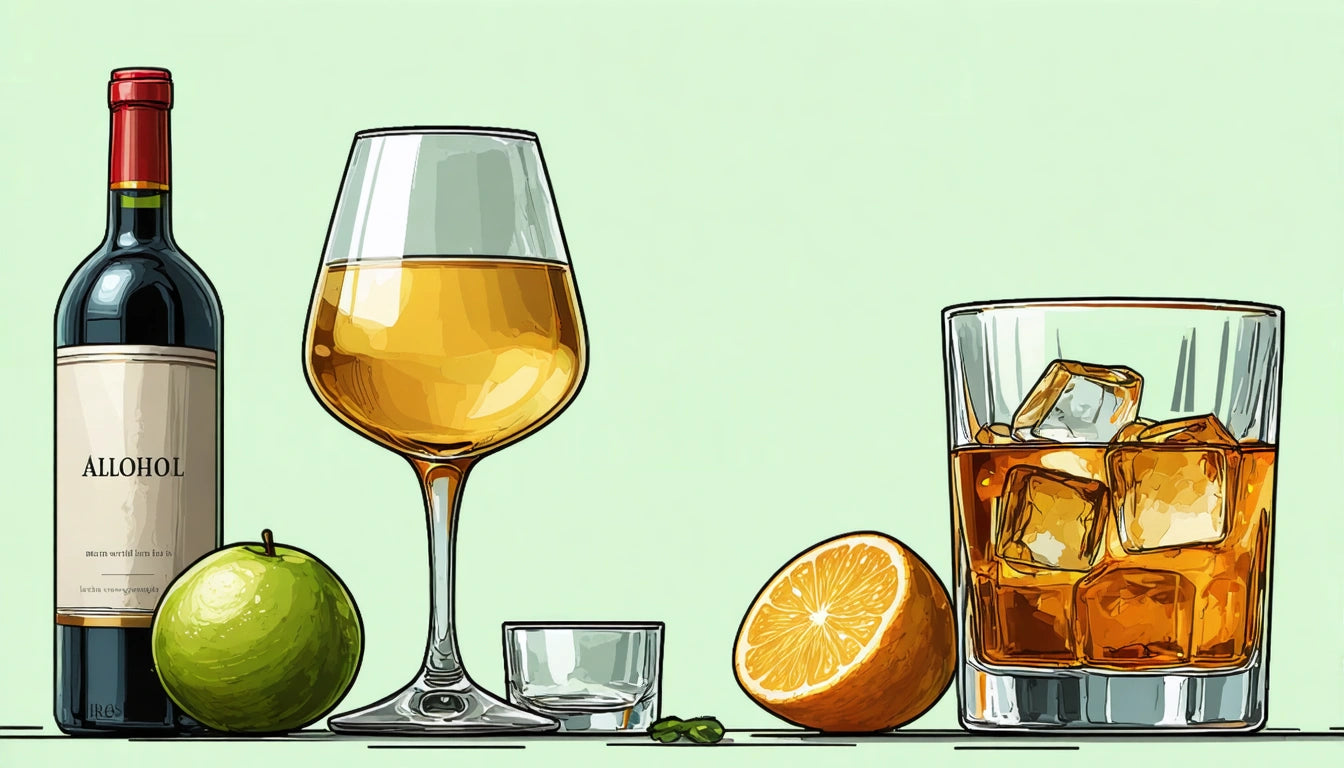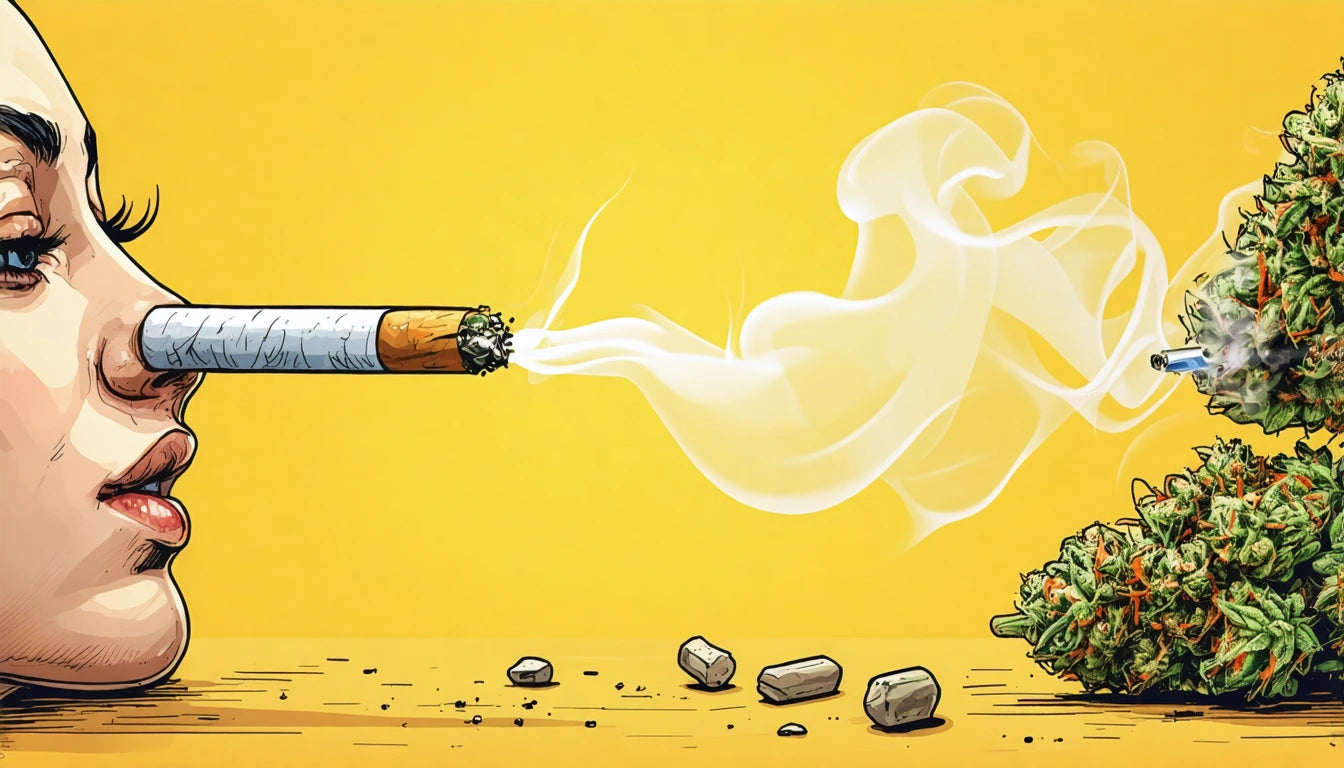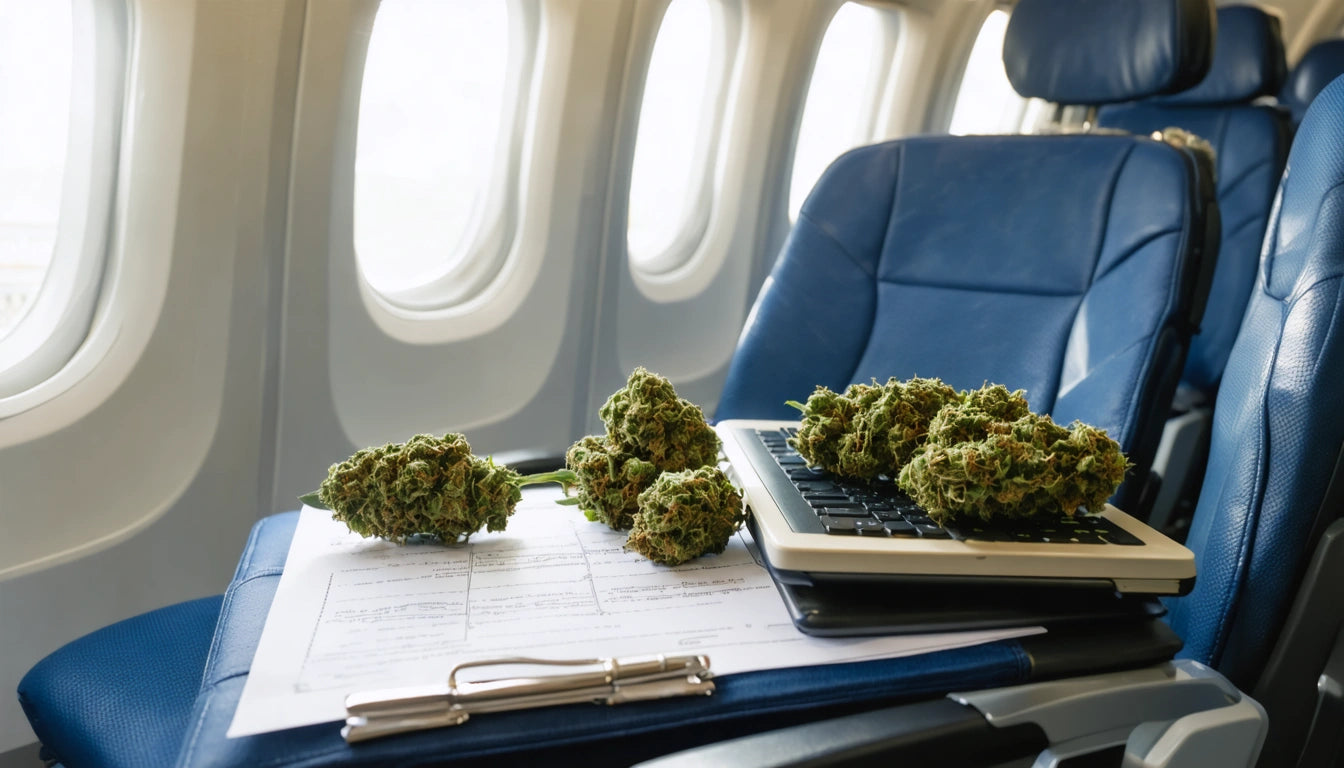Table of Contents
Understanding Alcohol: Substance Classification and Natural Light's Alcohol Content
Alcohol classification and content measurement play significant roles in both scientific understanding and consumer awareness. Whether determining if alcohol is a substance or mixture or identifying the specific alcohol content in popular beverages like Natural Light, these distinctions matter for regulatory, health, and educational purposes.
Alcohol Classification: Substance or Mixture?
When asking "is alcohol a substance or mixture," we must first clarify which definition of alcohol we're discussing. In chemistry, the term "alcohol" refers to a class of organic compounds with a hydroxyl group (-OH) attached to a carbon atom. Ethanol (Câ‚‚Hâ‚…OH), the type found in alcoholic beverages, is a pure substance with a specific chemical formula.
However, alcoholic beverages like beer, wine, and spirits are definitely mixtures. They contain ethanol combined with water, flavor compounds, colorants, and other ingredients. This distinction is important when discussing alcohol in different contexts:
- Pure ethanol: A substance with a defined chemical composition
- Alcoholic beverages: Complex mixtures containing ethanol and other components
- Commercial alcohol products: Usually mixtures with specific ethanol percentages
Ethanol Properties and Chemical Structure
Ethanol itself is a clear, colorless liquid with a characteristic odor. As a pure chemical compound, it has several key properties:
- Chemical formula: Câ‚‚Hâ‚…OH
- Molecular weight: 46.07 g/mol
- Boiling point: 78.37 °C (173.1 °F)
- Freezing point: -114.1 °C (-173.4 °F)
- Density: 0.789 g/cm ³ at 20 °C
This molecular structure makes ethanol soluble in both water and lipids, allowing it to affect various body systems when consumed. The hydroxyl group creates hydrogen bonding with water molecules, explaining ethanol's complete miscibility with water.
Natural Light Alcohol Content and Composition
Natural Light (often called "Natty Light") is a popular light lager in the United States. When examining what is Natural Light alcohol content, we find it contains approximately 4.2% alcohol by volume (ABV). This places it in the lower range of beer alcohol content, making it a relatively mild alcoholic beverage.
The composition of Natural Light includes:
- Water (primary ingredient)
- Barley malt
- Corn and rice (adjuncts)
- Hops
- Yeast
- Ethanol (4.2% ABV)
As with other light beers, Natural Light undergoes a brewing process that produces less alcohol and fewer calories than regular beers. The specific brewing methods used for light beers often involve longer fermentation times that allow yeast to consume more sugars, resulting in lower carbohydrate content and alcohol levels.
For those interested in proper storage of beverages, humidity control products similar to those used for other consumables can help maintain optimal conditions for both alcoholic and non-alcoholic products in certain storage environments.
Alcohol vs. Cannabis: Comparative Effects
When comparing alcohol with other substances, cannabis provides an interesting contrast. Studies comparing alcohol and cannabis have found significant differences in how these substances affect the body and mind.
Alcohol, as a central nervous system depressant, works by enhancing the effects of the inhibitory neurotransmitter GABA. In contrast, cannabis contains cannabinoids that interact with the endocannabinoid system. These fundamental differences lead to varying effects:
- Alcohol tends to impair motor coordination more severely
- Cannabis typically has less impact on judgment but may affect perception
- Alcohol is associated with higher risks of physical dependence
- Both substances can impair driving ability and reaction time
THC and alcohol effects on the brain differ significantly, with alcohol causing more global impairment while THC effects are more localized to specific brain regions.
Testing and Detection Methods for Alcohol
Unlike many other substances, alcohol has relatively simple detection methods. Common testing approaches include:
- Breath analysis (breathalyzers)
- Blood alcohol concentration (BAC) tests
- Urine testing
- Hair follicle testing (for long-term use patterns)
Many wonder, does alcohol appear on urine drug tests? Standard drug panels don't typically test for alcohol directly, but specific alcohol metabolites like ethyl glucuronide (EtG) can be detected in specialized tests. These metabolites remain detectable longer than alcohol itself, sometimes for up to 80 hours after consumption.
For comparison, cannabis detection windows are typically longer, with THC metabolites potentially detectable for weeks in regular users.
Future Implications for Alcohol Classification and Regulation
The classification of alcohol as both a substance (ethanol) and a mixture (alcoholic beverages) has important implications for future regulation and public health approaches. As our understanding of comparative effects and addictiveness of substances evolves, regulatory frameworks may need to adapt.
Current trends suggest several potential developments:
- More precise labeling requirements for alcohol content and ingredients
- Increased consumer education about the chemical nature of alcoholic beverages
- Refined testing methods that can better distinguish between types of alcohol consumption
- Comparative regulatory approaches that consider the relative risks of different substances
Understanding whether alcohol is a substance or mixture and knowing specific product details like Natural Light alcohol content provides consumers with important information for making informed choices about consumption. This knowledge also helps establish more effective regulatory frameworks based on scientific classification rather than historical or cultural biases.











Leave a comment
All comments are moderated before being published.
This site is protected by hCaptcha and the hCaptcha Privacy Policy and Terms of Service apply.